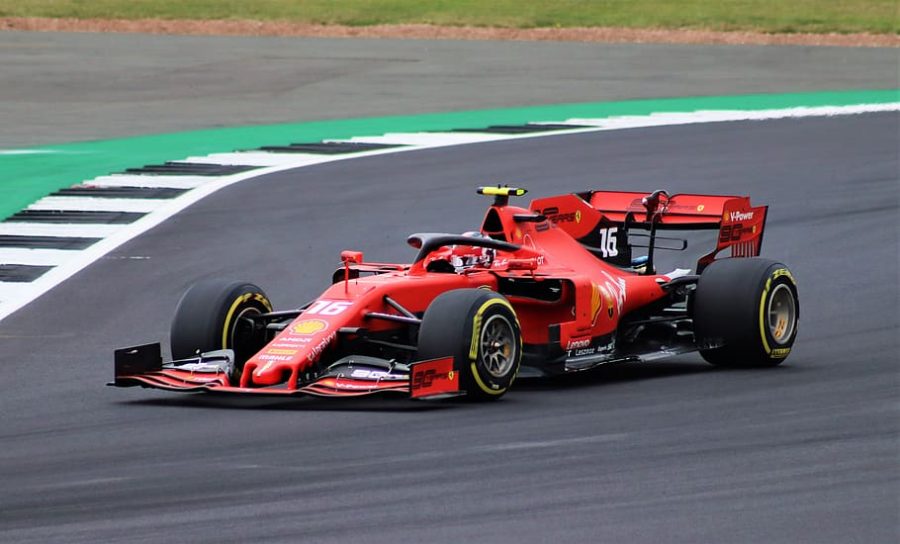Driving: All It’s Cracked Up To Be
September 12, 2020
You’re sitting in a cushioned seat with your palms resting around the wheel, and wind is rushing in through the windows. Surrounded by around 30,000 parts delicately balanced around a sturdy steel chassis, you’re blissfully unaware of all the chemical and mechanical reactions taking place to propel you forward. You’re experiencing the pinnacle of human ingenuity mixed with our insatiable desire to outdo ourselves: you’re driving. I think driving is one of the most exhilarating things that normal people are allowed to do, and we should cherish it before technology makes analog, human driving obsolete.
For almost 80 years, all American states have allowed teens to drive at 16-years-old. It has become an unmistakable tradition: a sign of independence and an easy method of transportation. Getting a license is a rite of passage to adulthood, because it is one the first big risks that teenagers have to take. Driving means putting your own life and often the lives of others in your control, and it brings out a level of maturity that not many other things do.
Cars have also transformed society like few other inventions. Since the first mass-produced cars in the 1920s, automobiles have become an integral part of society. In a country as big as the United States, driving allows people to go on long road-trips and explore the country without spending too much money. The emergence of suburban communities around the country was primarily caused by cars and road networks to commute in and out of cities. Also, the 230 billion dollar fast food industry was founded to address the spread of hungry drivers on the road, and has come to dominate American lifestyle.
Motorsport is one of the most adrenaline-loaded sports to watch. Take Formula 1: open-wheeled engineering masterpieces with hundreds of cuts and folds to maximize airflow and downforce to rip down racetracks and take corners like they’re on rails. The spending on F1 cars is off the charts; the two biggest constructors, Mercedes-AMG and Scuderia Ferrari, spend almost a half of a billion dollars on their respective F1 teams per year. Yeah, big bucks.
However, due to advances in technology and an effort to eliminate the root causes of global climate change, the era of good ‘ol, gas-guzzling cars might be at an end. Tesla becoming the most valuable US car-maker is big news; it signals an upcoming shift towards electric and, eventually, self-driving vehicles. The Victorian Transport Policy Institute, a Canadian think-tank, predicts that by the 2030s over half of new cars produced will be fully autonomous. The end of analog cars will most likely happen in our lifetimes, and though time will be saved and accidents involving human error will be eradicated, we would lose the joy and analog feel of driving a car.
The time is now. We must take advantage of driving and treat it like a privilege before it becomes just another part of the “good old days”.





